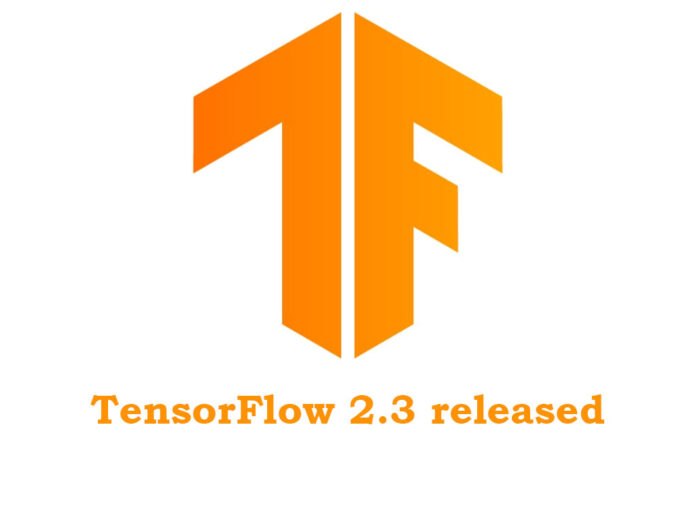TenserFlow is a popular machine learning device that acts as an ecosystem for the creation of deep learning models.
With its version 2.3, the Google developed software puts a exceptional spotlight on better comprehension and less dependence on resources and assets. Owing to their latest systems in data library and new profiler tools, TenserFlow was able to achieve this feat.
For instance, a trial preview API in tf.data is intended to store the yield of a preprocessing pipeline to disk. The motive behind should be to reuse previously prepared information. This ultimately spares assets of host’s system from figuring them again in different advances.
In the event where a model can process more pictures, at that point the host can produce, the administration can assume control over utilizing a collection of workers to set up the required measure of preparing data.
TensorFlow profiler is also incorporating several Intriguing new instruments which currently accompanies a memory profiler and a Python tracer. Out of these tools, the former permits clients some important understanding into how their model uses memory after some time. This can be extremely helpful for improvement purposes. The Python tracer permits devs to follow the Python work working along their TensorFlow projects.
tf.debugging.experimental.enable_dump_debug_info() API of Python language can now be used to compose troubleshooting data to the index. This can also be seen on the new Debugger V2 dashboard which helps in displaying chart structures, history of operation executions, tensor piece and code areas in addition to many other things.
Keras team which now works as a part of TenserFlow were bustling pushing its module ahead. Feature column API is replaced by them with a new feature known as preprocessing layers. This API deals with information preprocessing tasks like standardization and text vectorisation. The element is a work in progress yet worthy enough to be taken for a turn – particularly since it should work with composite tensor data sources.
Furthermore, Keras currently accompanies new dataset utilities keeping in order to help clients change organized picture or text file registries into named datasets. Progress was also witnessed in fields like text vectorisation and picture preprocessing.
Ads: Learn TensorFlow programming at TensorFlow 2 Tutorials page.










